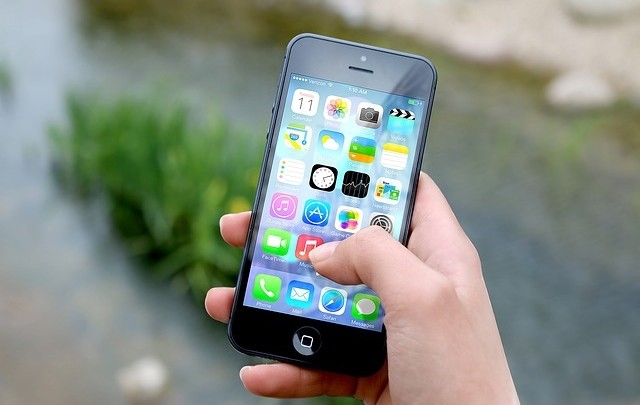By Gerri Baum
Mobile consumption is well past the tipping point as consumers now spend a majority of their time engaging with digital media on their mobile devices. Mobile usage accounts for 60% of time spent by users, while desktop-based digital media consumption makes up the remaining 40%.
According to the Global Web Index, as of January 2015, 80% of Internet users own a smartphone, while 47% own a tablet. At the same time, emerging devices such as Smart Watches and Smart Wristbands offer consumers multiple online experiences and portals to the Internet.
If your brand mirrors its digital content on mobile, the following five tactics will help to strengthen your reach and conversion rates, and lower bounces, so you don’t miss the boat:
- Offer a mobile-optimized site or app: Want to reach your target audience? Then mobile optimization is where your brand needs to be. Research indicates that ‘unique clicks’ are 15% greater on mobile-optimized websites. As for apps, Nielsen survey statistics show that 89% of consumer media time is spent on mobile apps as compared to 11% on mobile web. Additionally, 46% of shoppers are less likely to shop around if they can access a company’s mobile app.
- Optimize for tablets: Tablets come in all shapes and sizes, as well as iOS and Android. Make sure your content translates well on all devices as well as smartphone screens.
- Include captivating ‘call-to-action’ buttons: Did you know that average smartphone conversion rates rose 64% over the last year as compared to average desktop conversion rates? Remember to include distinct calls-to-action on buttons if you want your viewers to follow through with specific tasks such as buying something, registering for an event, or subscribing to a newsletter.
- Offer social autofill: Completing a form can be a real time-suck for viewers and often cause them to leave a site. Social autofill will reduce the time and effort it takes users to fill out a form and ensure that the form is filled out correctly the first time.
- Brevity in content: Space on mobile devices is significantly smaller than the space on desktop browsers: screens are smaller; it’s harder to scroll; and in many cases almost impossible to scroll horizontally. Also, the more content that’s on a mobile site, the longer it takes to download – and viewers will leave. Limit your mobile content to only what’s necessary, and make sure the most important content displays in the top few pixels of the page.
Does your school or company have a mobile-optimized site or app? Let us know if you’ve seen any difference in your consumers’ engagement as compared to viewers who visit your desktop site.
Sources: comScore.com/The U.S. Mobile App Report; Marketing Darwinism; Nielsen; Techchrunc.com
Gerri Baum is a social media consultant who helps businesses, organizations and brands leverage the power of social media in order to meet there marketing goals and objectives. In addition to managing her own private clientele, Gerri directs social media for Kalix Communications in Baltimore, MD and is a social media manager for Sociality Squared in New York City.
image: www.freeimages.co.uk


